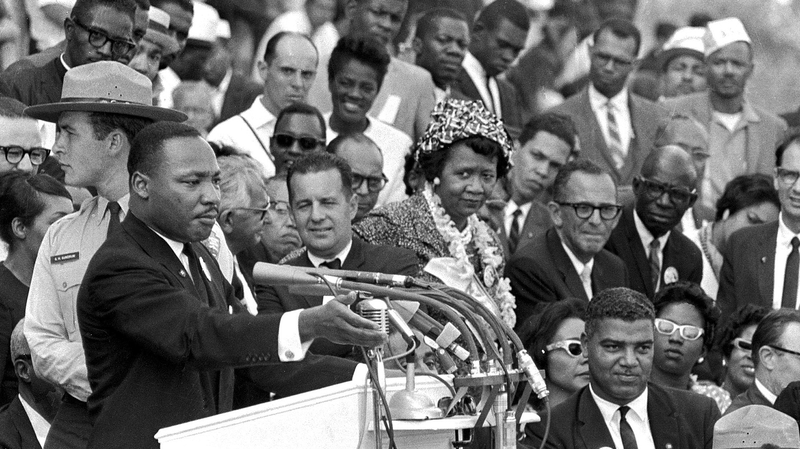On Monday, the U.S. Director of National Intelligence, Tulsi Gabbard, announced the long-awaited release of over 230,000 pages of documents related to the 1968 assassination of civil rights leader Martin Luther King Jr. This historic disclosure follows an executive order signed by President Donald Trump on January 23, directing declassification of files tied to MLK and the Kennedy brothers.
The newly unveiled documents shed light on the FBI’s investigation, featuring internal memos, potential leads, and testimonies from James Earl Ray’s former cellmate, who claimed to have discussed an alleged conspiracy with Ray. For nearly six decades, questions about hidden motives and untapped evidence fueled public intrigue. Now, researchers and historians have a trove of information to revisit key timelines and theories.
Martin Luther King Jr. remains a global icon for nonviolent protest and social justice. His 1963 I Have a Dream speech still resonates worldwide, inspiring young changemakers to challenge inequality peacefully. By examining these FBI records, activists and scholars can better understand the obstacles King faced and the broader socio-political currents of the 1960s.
For young global citizens, entrepreneurs, and digital nomads, this release offers a reminder that transparency and accountability are vital to democracy. It also highlights how archival research and data-driven insights can fuel new narratives—whether you’re a college student studying history, a tech innovator exploring AI-driven document analysis, or a traveler reflecting on human rights landmarks around the world.
As the world digests these revelations, one thing is clear: Martin Luther King Jr.’s legacy of courage and hope continues to shape conversations on justice, equality, and the power of collective action.
Reference(s):
cgtn.com



